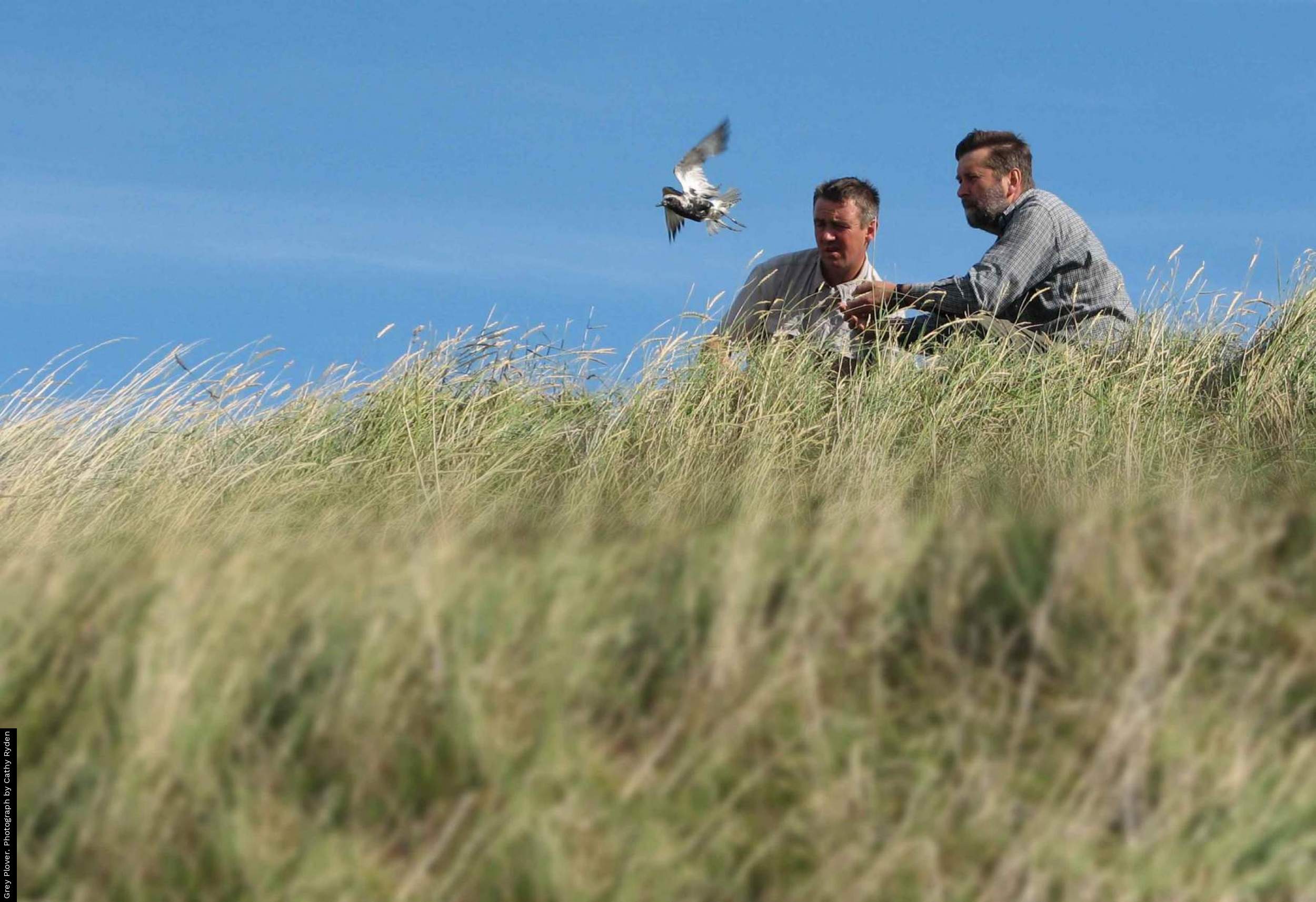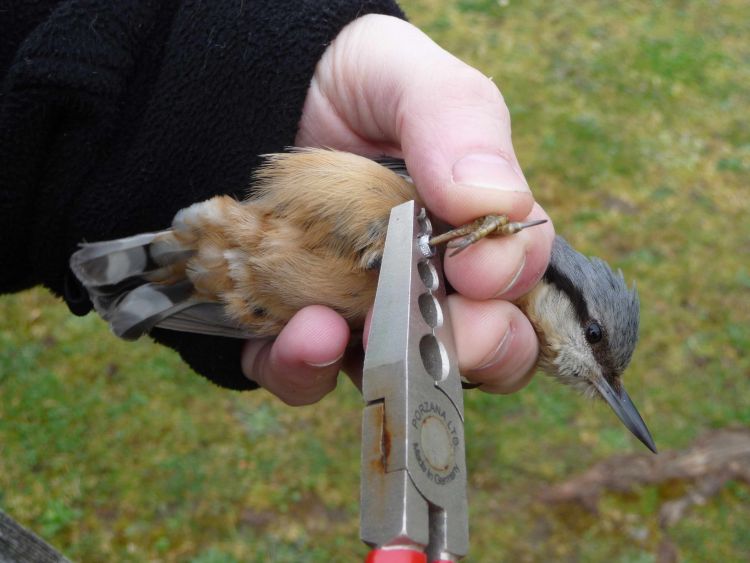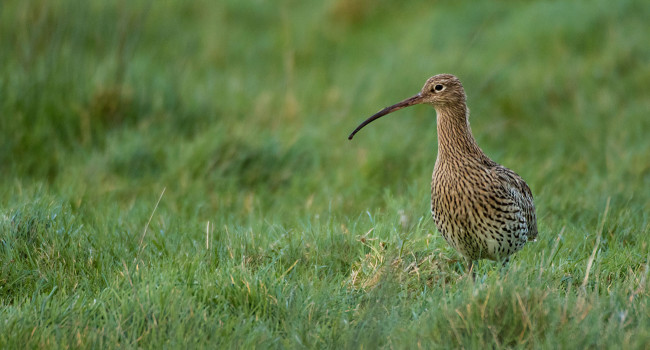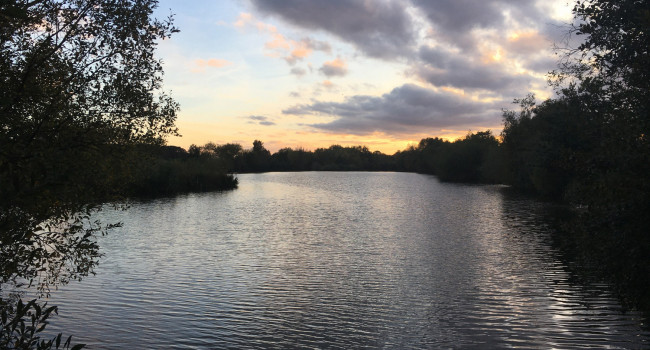Population dynamics
In many ways the Population Dynamics and Modelling theme underpins everything the BTO does. To help understand why populations recorded by the BBS and other surveys change, we need to know how many individual birds are hatched and how many die each year. This information allows us narrow down the range of potential factors that are likely to be involved. This in turn means we can give better advice to conservation organizations and others.
We get information on the number of young birds produced each year from the Nest Record Scheme and on the likelihood of individuals surviving from year to year by catching and ringing birds as a part of the British and Irish Ringing Scheme. Many ringers also participate in the CES and RAS. Results from these surveys form part of our Integrated Population Monitoring programme and are reported on each year in the BirdTrends Report . As such, work on this theme relates directly to our monitoring strategy.
survival of some our summer migrants
One of the challenges we are tackling is in how to make best use of the valuable data our volunteers collect. Recent developments in statistical techniques mean that we can, increasingly, combine our different datasets to extract more information on population change. This means that we can use datasets where we have good information to support those where data might be poorer. By doing this we can gain a better, and more complete, picture of the different factors that influence a bird population. To achieve this, we are continuing to work closely with statistical colleagues, particularly at the National Center for Statistical Ecology, and participate in the Euring Analytical Meetings.
For further information please contact Rob Robinson







Share this page